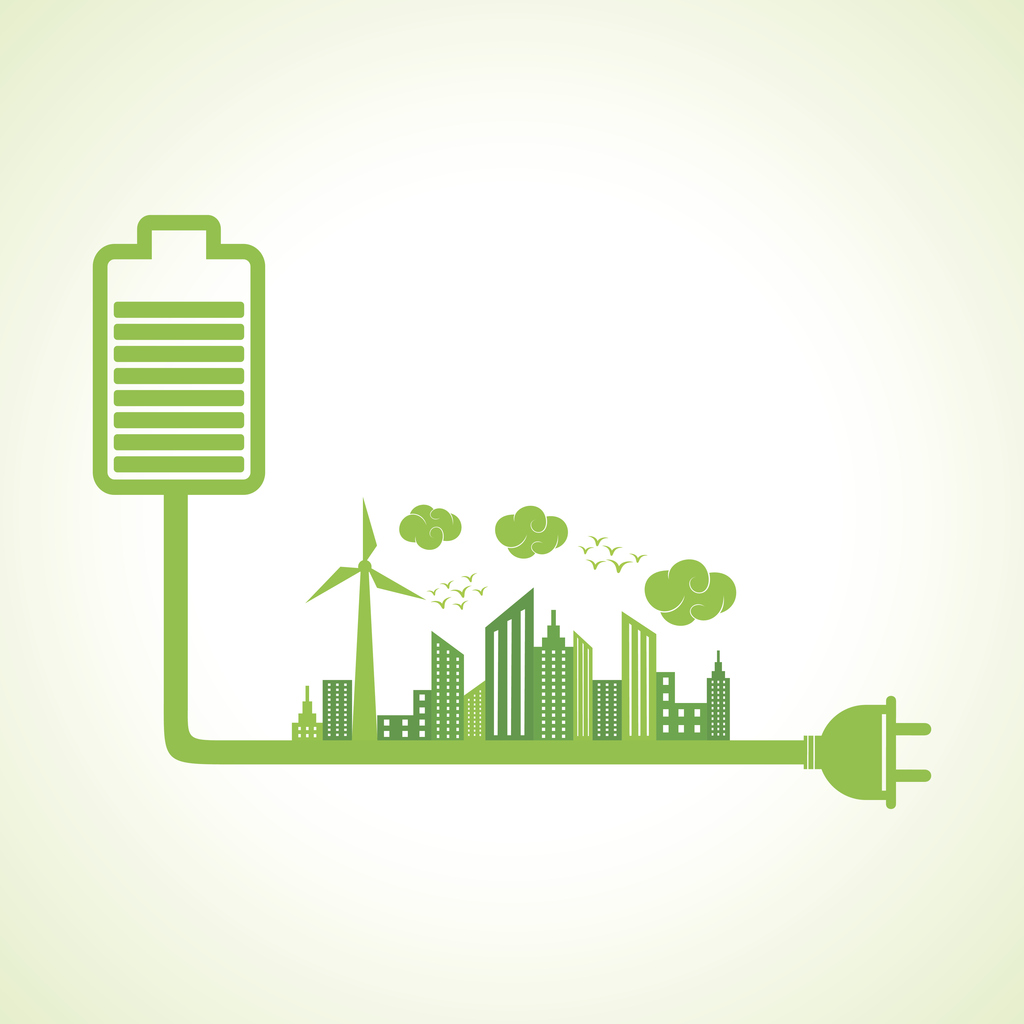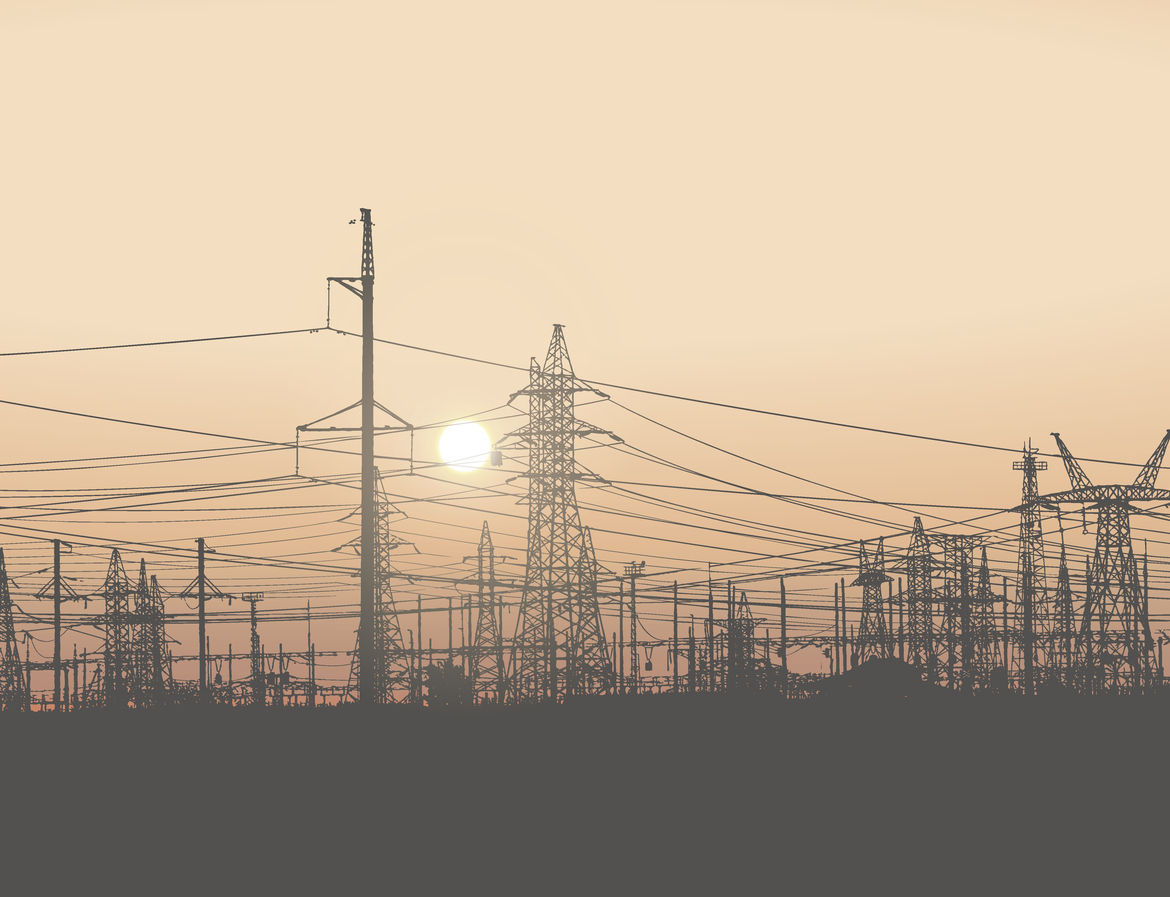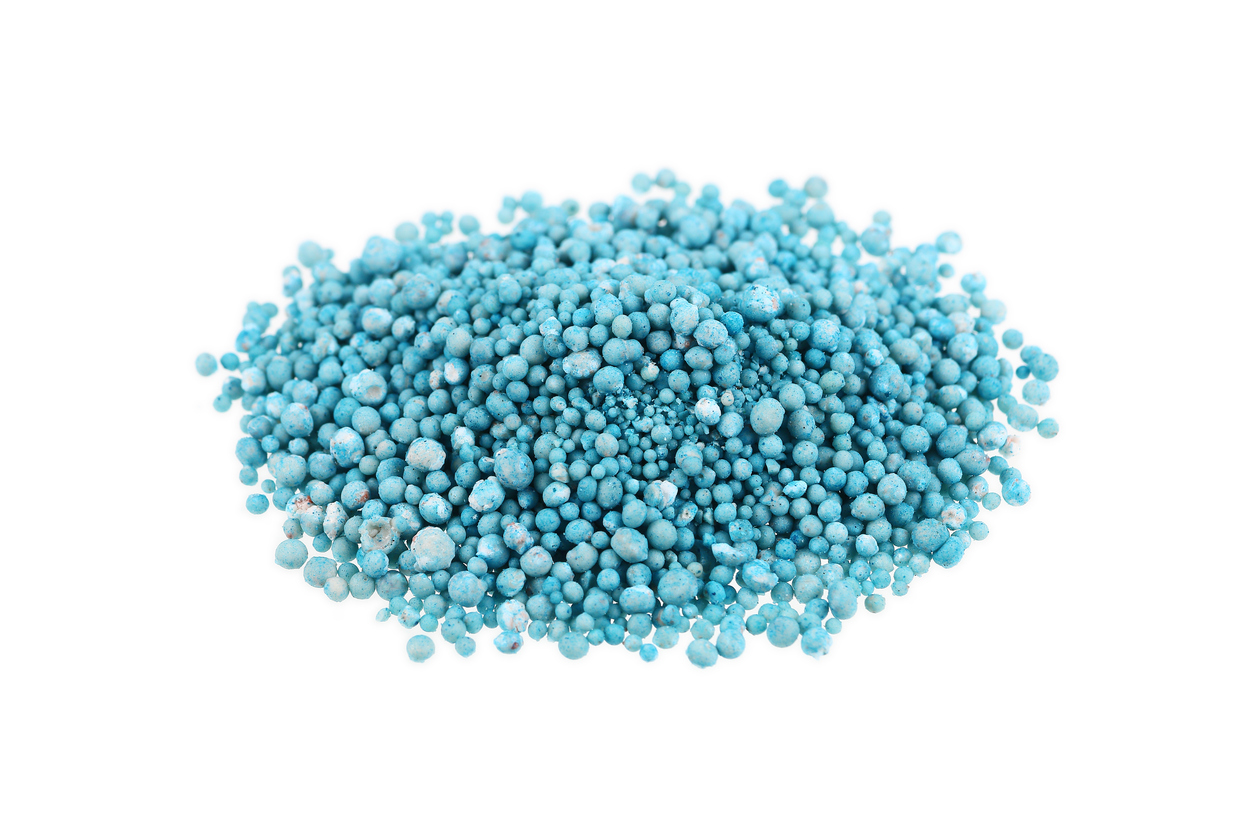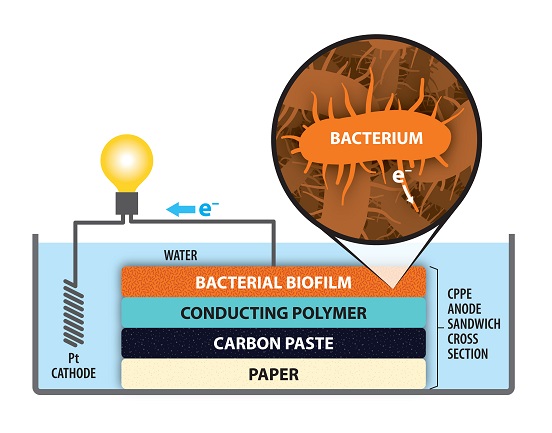 A team of researchers from Georgia Institute of Technology recently developed a new form of ransomware that could take over control of water treatment plants. The simulated hacking exercise was able to command programmable logic controls (PLCs) to shut down water valves, increase or decrease the amount of chemicals used to treat water, and churn out false readings.
A team of researchers from Georgia Institute of Technology recently developed a new form of ransomware that could take over control of water treatment plants. The simulated hacking exercise was able to command programmable logic controls (PLCs) to shut down water valves, increase or decrease the amount of chemicals used to treat water, and churn out false readings.
According to the researchers, simulations were conducted to highlight the vulnerabilities in critical infrastructure. This research comes at a time when cyber security concerns have reached a high point in light of recent cyber attacking and hacking attempts across the globe.
Cyber attacks go far beyond the acquisition of emails and corruption of websites. Any establishment with PLCs is, in theory, vulnerable to hacking. This could range from water infrastructure, as demonstrated here, to electrical dependency.



 ECS is currently accepting nominations for the following awards of the Electrodeposition Division (ELDP):
ECS is currently accepting nominations for the following awards of the Electrodeposition Division (ELDP): In an effort to develop an eco-friendly battery, researchers from Ulsan National Institute of Science and Technology (UNIST) have created a battery that can store and produce electricity by using seawater.
In an effort to develop an eco-friendly battery, researchers from Ulsan National Institute of Science and Technology (UNIST) have created a battery that can store and produce electricity by using seawater. The estimated total number of bacteria of the planet is estimated at
The estimated total number of bacteria of the planet is estimated at  A new study published in the
A new study published in the  A battery made with urea, commonly found in fertilizers and mammal urine, could provide a low-cost way of storing energy produced through solar power or other forms of renewable energy for consumption during off hours.
A battery made with urea, commonly found in fertilizers and mammal urine, could provide a low-cost way of storing energy produced through solar power or other forms of renewable energy for consumption during off hours.